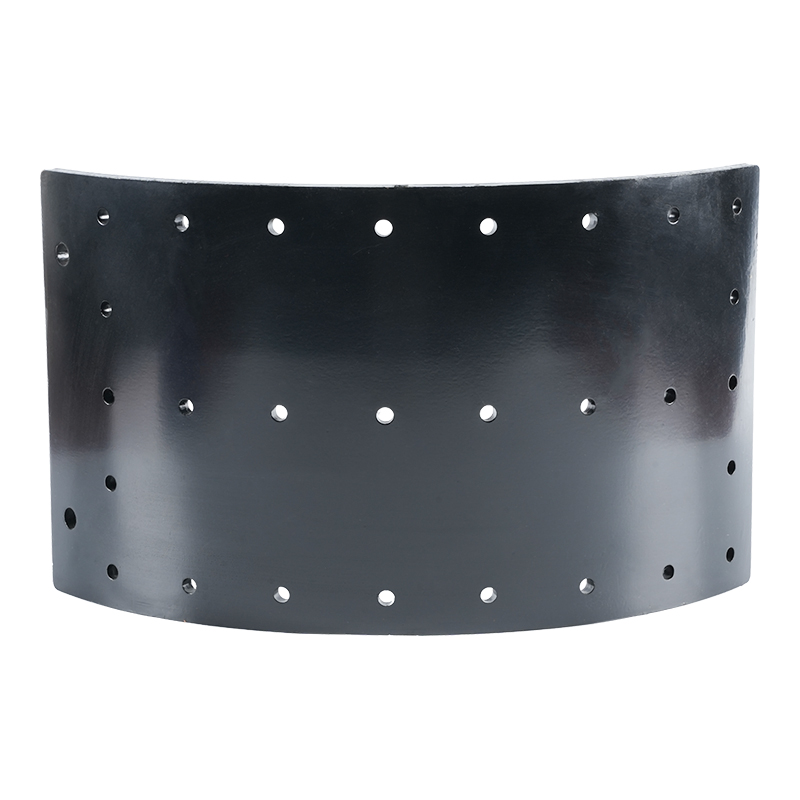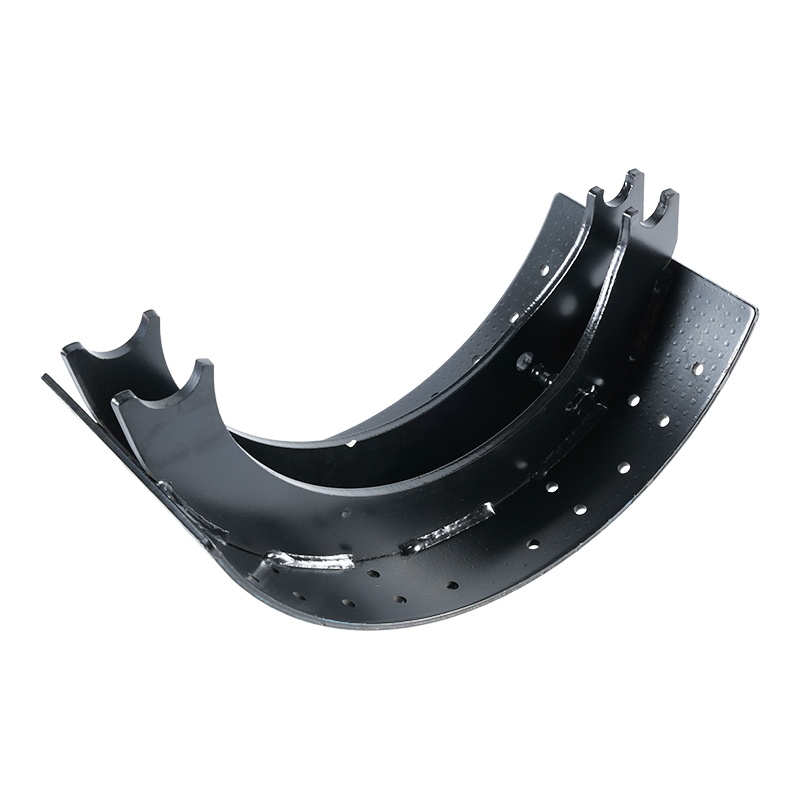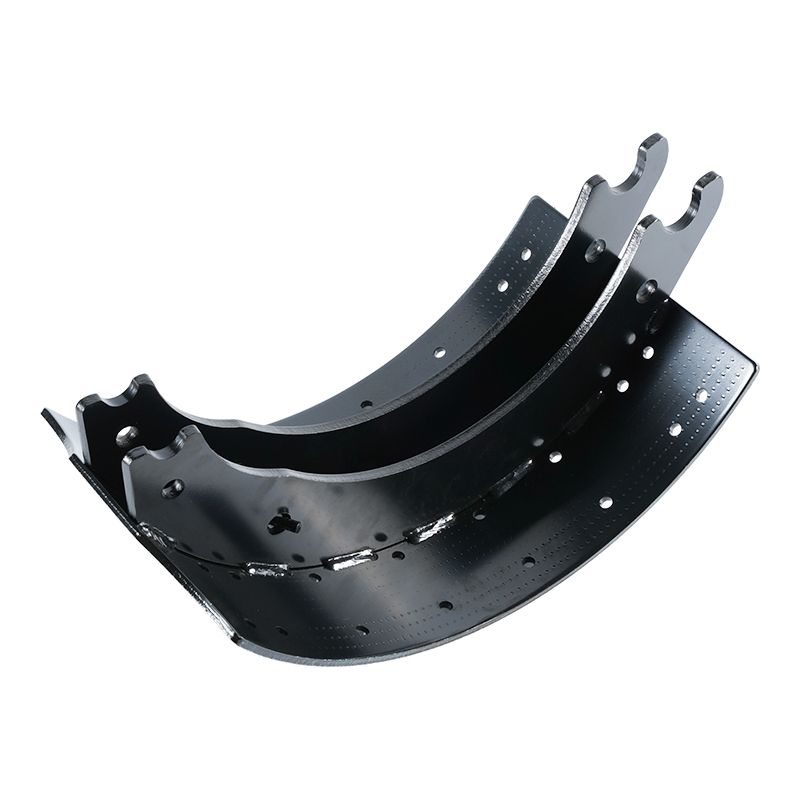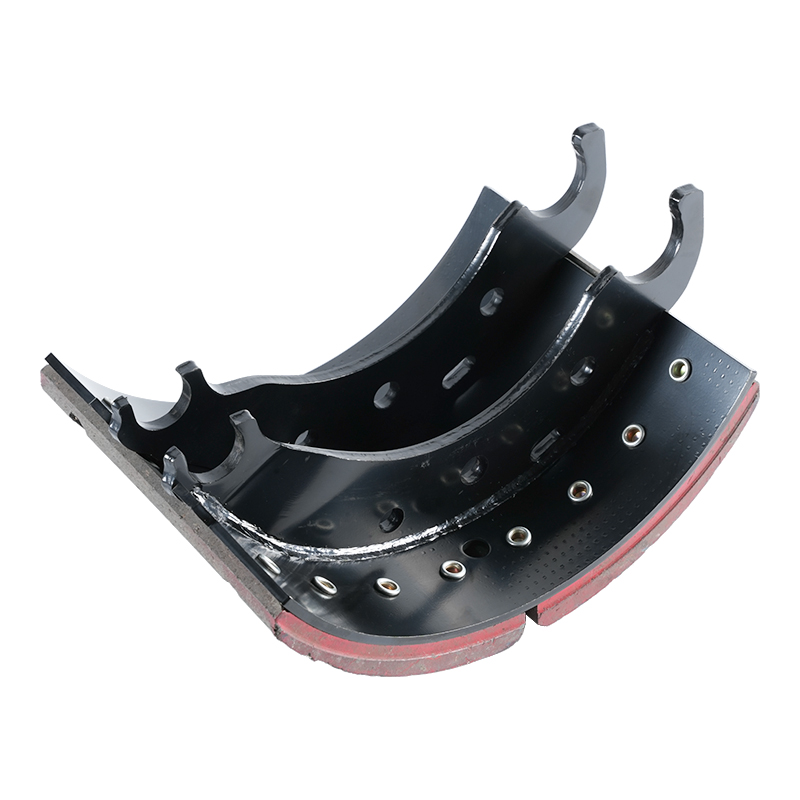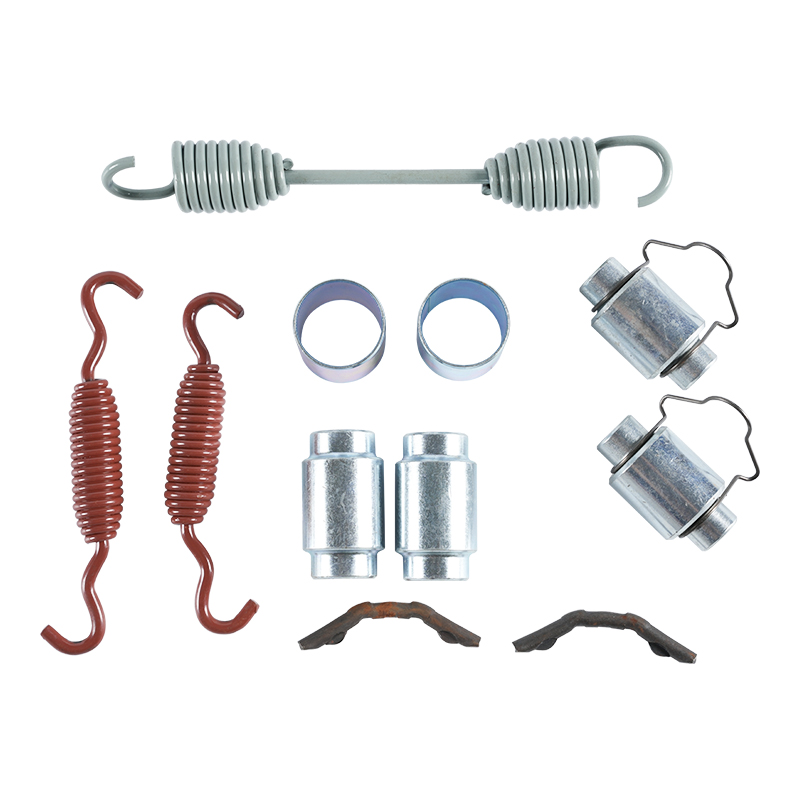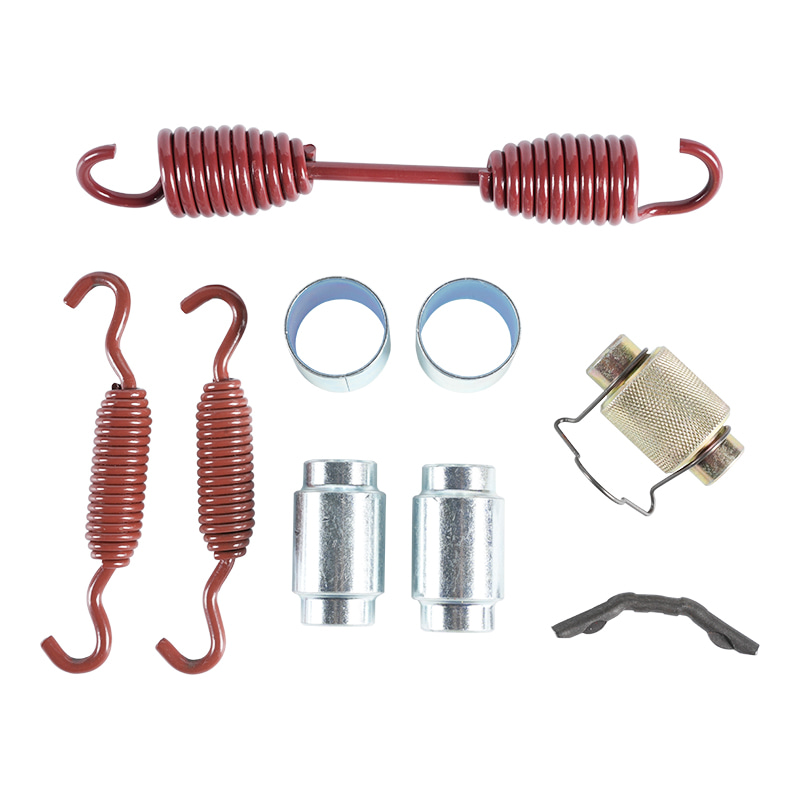How do the materials used in brake linings differ from those in brake pads?
 2025.11.05
2025.11.05
 Industry News
Industry News
The braking system is critical for vehicle safety, and the friction materials used are central to its performance. While the terms brake linings and brake pads both refer to the part that provides the necessary friction to slow or stop a vehicle, they serve different systems—drum brakes and disc brakes, respectively—and thus utilize different materials and designs to achieve their purpose. Understanding how the materials used in these components differ is essential for professionals in the automotive and materials engineering fields.
Historical Context and Basic Design
The distinction in materials is rooted in the different braking mechanisms they support.
Brake Linings and Drum Brakes
Brake linings are used in drum brake systems, which were the standard for many years and are still common on the rear axles of some modern vehicles, particularly trucks and budget-friendly cars. In a drum brake, the brake linings are curved strips of friction material that are riveted or bonded to a curved metal shoe. When the brakes are applied, these shoes push outward against the inside surface of a rotating brake drum.
Brake Pads and Disc Brakes
Brake pads are used in disc brake systems, which have become the standard for front-wheel braking and increasingly for all four wheels due to their superior heat dissipation and fade resistance. A brake pad is a flat piece of friction material bonded to a steel backing plate. When the brakes are applied, a caliper squeezes a pair of brake pads onto a rotating brake rotor (or disc).
Material Composition and Performance Requirements
The operating environment and mechanical stress on each component dictate the necessary material composition.
Materials in Brake Linings
The primary requirements for materials used in brake linings are durability, smooth engagement, and the ability to operate within the enclosed environment of the brake drum. Since the drum encloses the mechanism, heat dissipation is less efficient than in disc systems, which historically influenced the material choices.
- Asbestos (Historical): Historically, asbestos was the primary component in brake linings due to its excellent heat resistance and friction properties. However, due to severe health hazards, its use has been banned or heavily restricted globally.
- Non-Asbestos Organic (NAO): Modern brake linings often use NAO materials. These are composed of a blend of fibers (like glass, aramid, or carbon), fillers (e.g., rubber, resins), and a binding agent (phenolic resin). NAO materials offer a good balance of effective stopping power, low noise, and minimal wear on the drum.
- Semi-Metallic: Less common in light-duty brake linings than in pads, but used in some heavy-duty applications. They contain a high percentage of metal shavings and powdered iron, copper, or steel, mixed with binders and friction modifiers.
Materials in Brake Pads
Brake pads are subjected to higher braking forces and operate in a more exposed environment, demanding materials capable of high friction, excellent heat management, and consistent performance across a wide range of temperatures.
- Semi-Metallic: These are very popular, especially for performance and truck applications. They typically contain 30% to 65% metal (copper, iron, steel wool) blended with various fillers and friction modifiers. Their high metal content provides excellent heat transfer away from the pad and into the rotor, offering superior fade resistance and long life.
- Non-Asbestos Organic (NAO): Similar to those in brake linings, but formulated for disc brake requirements. They are often chosen for vehicles where comfort and quiet operation are prioritized over aggressive stopping power, as they tend to be softer and quieter than metallic compounds.
- Ceramic: These are premium materials made of a dense mix of ceramic fibers (like porcelain and clay), non-ferrous fillers, and binding agents. Ceramic pads are known for being very quiet, producing less dust (which is also lighter in color), and offering consistent friction across various temperatures. They are generally more expensive but provide superior overall performance, especially in high-end passenger vehicles.
Key Differentiating Factors Summary
| Feature | Brake Linings (Drum Brakes) | Brake Pads (Disc Brakes) |
|---|---|---|
| Braking Mechanism | Friction applied against the inside of a rotating drum. | Friction applied to both sides of a rotating rotor/disc. |
| Common Materials | Primarily Non-Asbestos Organic (NAO). | Semi-Metallic and Ceramic are common, along with NAO. |
| Heat Dissipation | Lower efficiency due to the enclosed design. | Higher efficiency due to the open rotor design. |
| Shape/Design | Curved strip bonded to a brake shoe. | Flat, rectangular piece bonded to a steel backing plate. |
| Use Case | Rear wheels, commercial vehicles, cost-sensitive vehicles. | Front and rear wheels on most modern vehicles. |
In conclusion, while both brake linings and brake pads perform the function of creating friction to stop a vehicle, their material compositions are tailored to their respective braking systems—drum and disc. The materials for brake linings emphasize durability and smooth, consistent operation within a less efficient heat environment, while brake pad materials, particularly semi-metallic and ceramic, are designed for the high-force, high-heat demands of disc braking systems.

 Eng
Eng  中文简体
中文简体
